Axion Dark Matter Search Targets Galaxies, Sets New Constraints with X-ray Data
Researchers have targeted starburst galaxies, specifically M82 and M87, in the search for axions, a potential dark matter candidate. Using data from the NuSTAR x-ray telescope, two independent teams sought axion signals. While no definitive signal was detected, the research sets new constraints on axion properties and explores different axion mass ranges and production mechanisms.

 American Physical Society
American Physical Society
Heat Doesn't Flow in Extreme Conditions: Implications for Fusion Research
A study supported by the NSF reveals that heat transfer is impeded in high-energy-density plasma, showing heat does not flow between materials. This phenomenon, interfacial thermal resistance, impacts inertial confinement fusion experiments, semiconductor etching, and hypersonic vehicles. The research, led by Thomas White, uses lasers to heat materials to extreme temperatures.
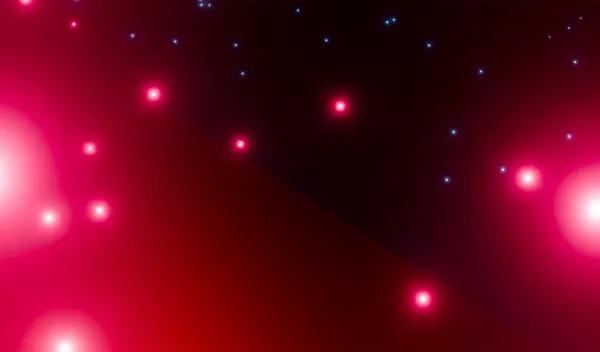
 National Science Foundation (.gov)
National Science Foundation (.gov)
Dark Energy Debate: Is It Fading or Is Our Understanding of the Universe Flawed?
Recent findings from the Dark Energy Spectroscopic Instrument (DESI) and other cosmological studies are challenging the long-held assumption that dark energy is a constant force. These studies explore if dark energy is weakening and how matter clumps together, which could lead to rethinking the standard cosmological model, Lambda Cold Dark Matter (ΛCDM). Scientists are considering alternative theories involving new forces or modified gravity.
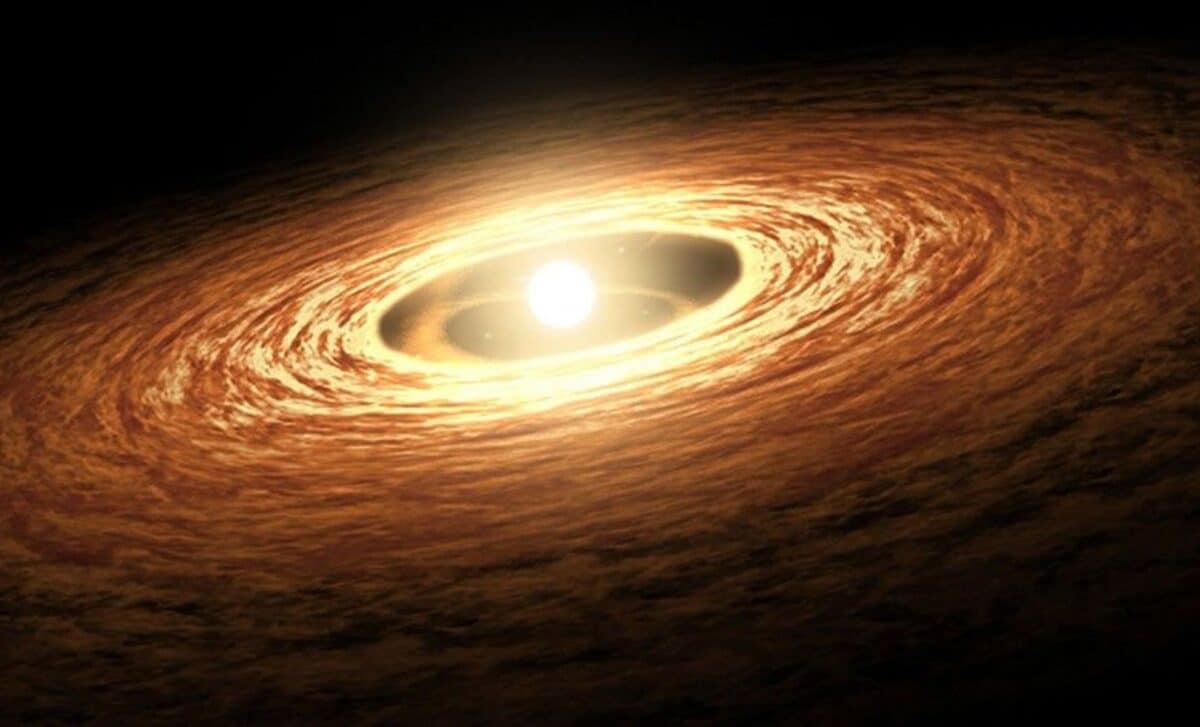
 The Daily Galaxy
The Daily Galaxy
 New Scientist
New Scientist
 Scientific American
Scientific American
 The Hindu
The Hindu
Dark Energy Evolution: New Studies Challenge Cosmological Constant, Spark Debate
Recent data from the Dark Energy Spectroscopic Instrument (DESI) and the Atacama Cosmology Telescope (ACT) combined with DESI data are challenging the long-held assumptions about dark energy being a constant. The results suggest a dynamic nature of dark energy and discrepancies in matter distribution, leading physicists to explore alternative theories and question the standard cosmological model (LCDM).
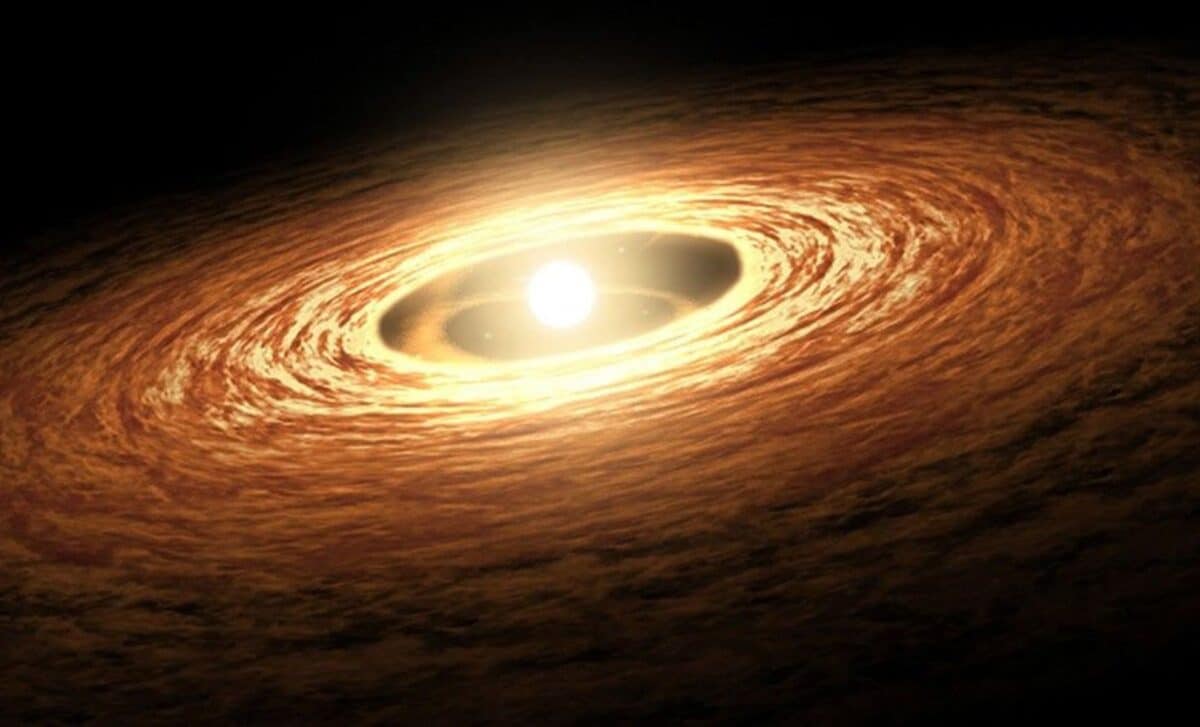
 The Daily Galaxy
The Daily Galaxy
 Scientific American
Scientific American
 The Hindu
The Hindu
 Big Think
Big Think
SABRE South Experiment: Glowing Crystal Core Aims to Detect Elusive Dark Matter
The SABRE South experiment, located in Australia, seeks to detect dark matter using ultra-pure sodium iodide crystals. It aims to validate controversial findings from the DAMA/LIBRA experiment by operating in the Southern Hemisphere. The experiment involves a complex detector system and expects to begin data collection by the end of 2025, potentially strengthening Australia's role in particle physics.
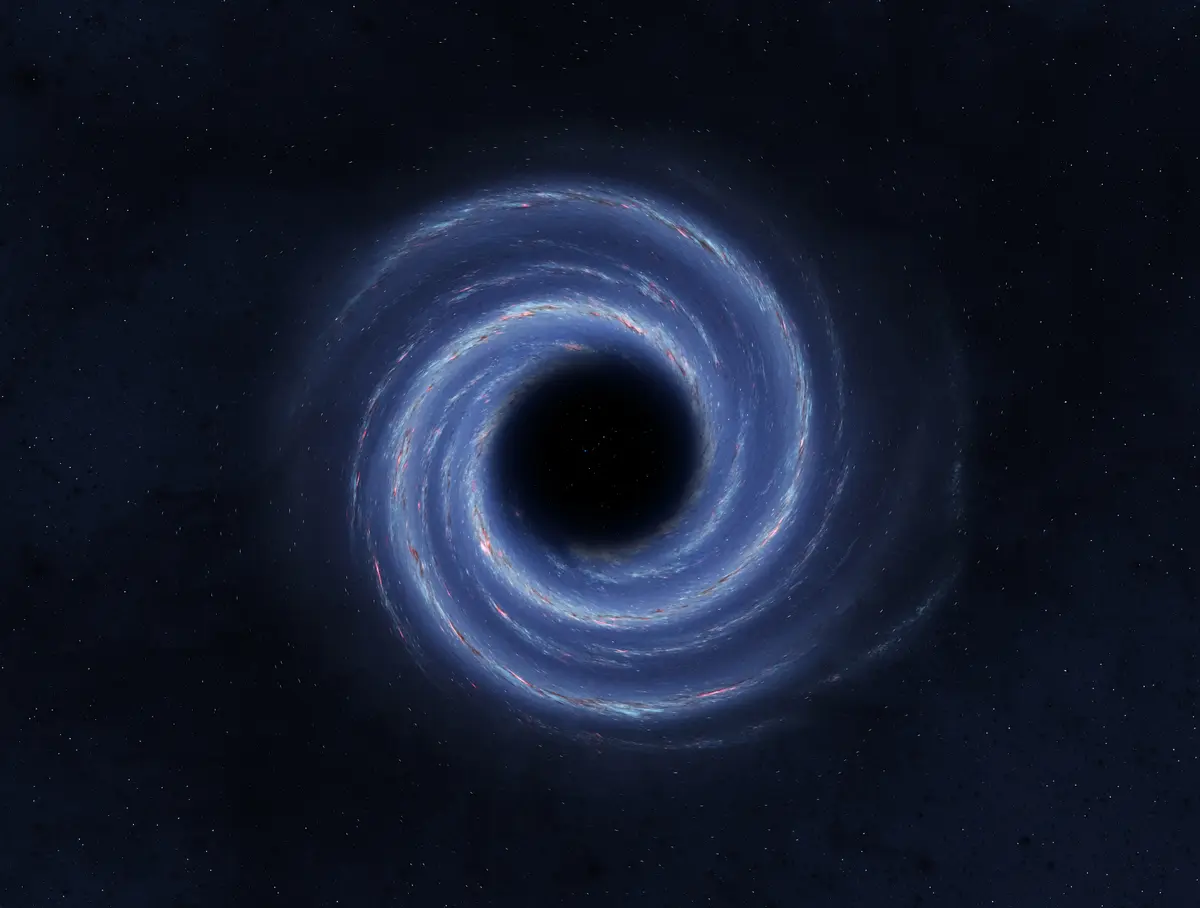
 Interesting Engineering
Interesting Engineering
Ferenc Krausz: Ultrashort Laser Pulses for Early Disease Detection
This article summarizes a Physics World podcast featuring Nobel laureate Ferenc Krausz discussing his research on using ultrashort-pulsed laser technology as a diagnostic tool for early disease detection. Krausz also mentions his collaboration with Semmelweis University and the Science4People initiative for displaced children from Ukraine.

 Physics World
Physics World
Quantum Technology's Global Impact: Governance, Security, and the Digital Divide
This news report examines the multifaceted implications of emerging quantum technologies. It covers issues such as the need for robust governance frameworks to mitigate risks, the potential for increasing the global digital divide, and the importance of international collaboration to ensure equitable access and benefits, particularly for the Global South. The report draws from various studies and expert opinions.
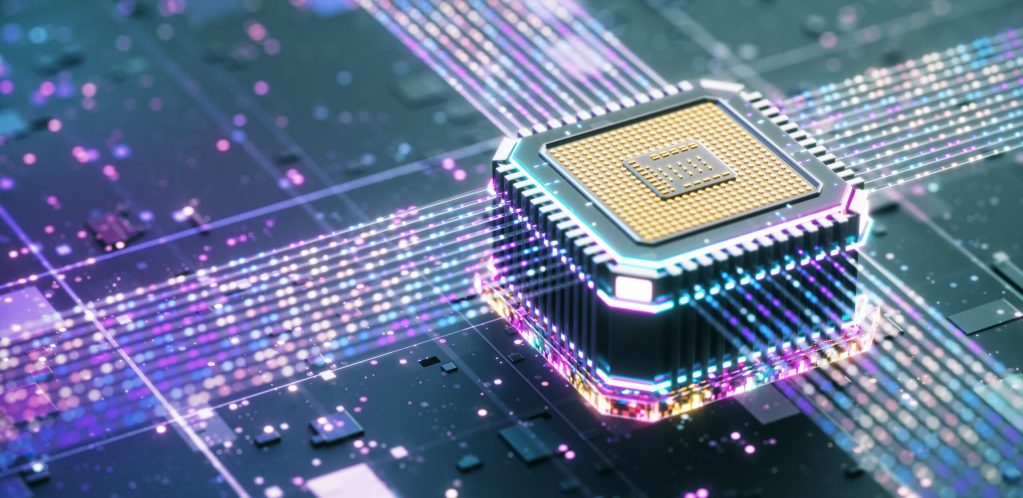
 Just Security
Just Security
 University of Exeter
University of Exeter
 The Quantum Insider
The Quantum Insider
 Modern Ghana
Modern Ghana
Quantum Revolution: Governing Emerging Technologies and Legal Implications
The article examines the transformative potential of quantum technologies, highlighting both opportunities and risks. It emphasizes the need for inclusive dialogue involving lawmakers, civil society, and global stakeholders to ensure equitable distribution of benefits and mitigation of risks, while also focusing on the importance of legal professionals becoming familiar with quantum computing.
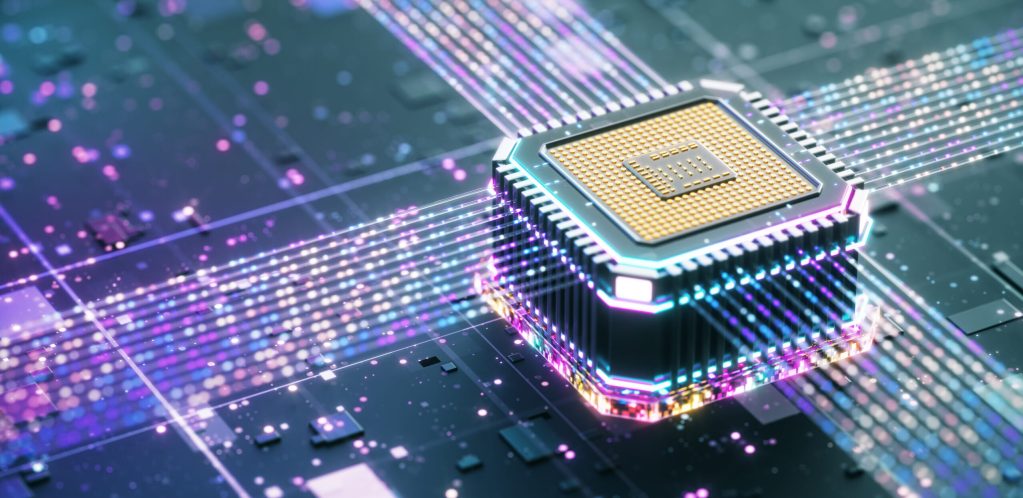
 Just Security
Just Security
 Law360
Law360
 Modern Ghana
Modern Ghana
Observation of Floquet–Bloch States Achieved in Monolayer Graphene
A research team reports the direct observation of Floquet-Bloch states in monolayer epitaxial graphene. Using time-resolved and angle-resolved photoemission spectroscopy with mid-infrared pump excitation, they detected replicas of the Dirac cone. The dependence on pump polarization indicates scattering between Floquet–Bloch states and Volkov states. This method may be used to observe Floquet-Bloch states in other quantum materials.
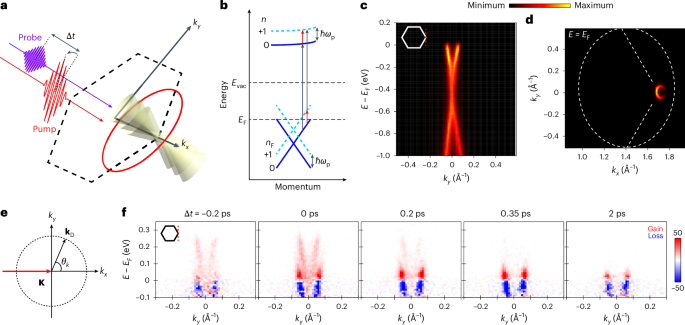
 Nature
Nature
Observation of Floquet-Bloch States Achieved in Monolayer Graphene
A study published in Nature Physics reports the direct observation of Floquet-Bloch states in monolayer epitaxial graphene. Researchers used time-resolved and angle-resolved photoemission spectroscopy to detect replicas of the Dirac cone, demonstrating the potential of their method for observing Floquet-Bloch states in other quantum materials.
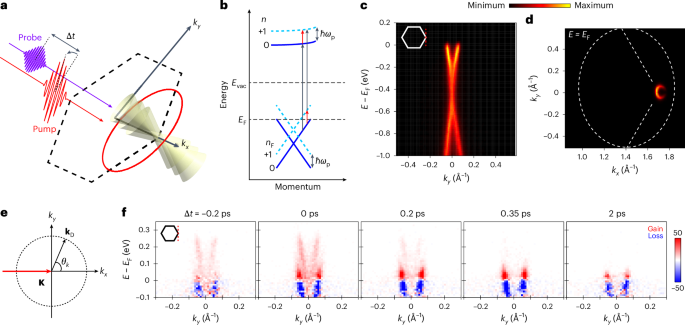
 Nature
Nature
Floquet–Bloch States Directly Observed in Monolayer Graphene via Time-Resolved Spectroscopy
Researchers have directly observed Floquet-Bloch states in monolayer epitaxial graphene using time-resolved and angle-resolved photoemission spectroscopy. By employing mid-infrared pump excitation, they detected replicas of the Dirac cone. The study reveals the potential for using this method to observe Floquet-Bloch states in other quantum materials.
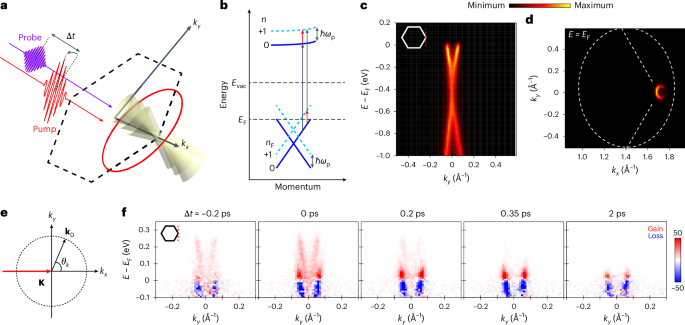
 Nature
Nature
Active Photonic Lattices in Synthetic Dimensions Exhibit Coherent Quench Dynamics
This article discusses research on active photonic lattices in synthetic dimensions. The study uses modulated fast-gain ring lasers to emulate quench dynamics. Researchers observed coherent oscillations facilitated by fast gain and demonstrated coherent interactions between decaying modes, attributing these dynamics to the liquid state of light, paving the way for advanced optical devices.
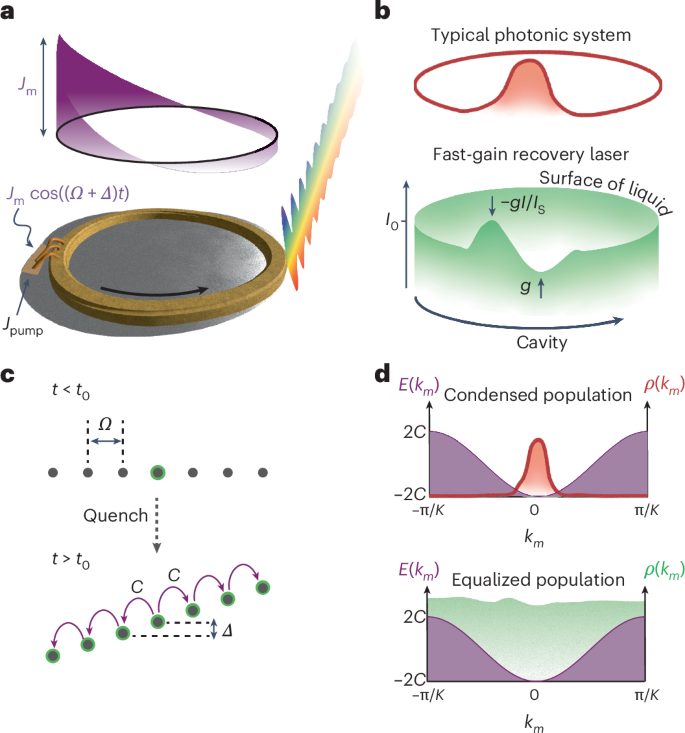
 Nature
Nature
Active Photonic Lattices in Synthetic Dimensions Exhibit Collective Quench Dynamics
This article discusses a novel photonic emulator platform utilizing fast-gain lasers to study collective dynamics in synthetic photonic lattices. The platform enables the observation of coherent oscillations and the exploration of quench dynamics, demonstrating the resilience of the system to dissipation and dispersion. The findings enhance understanding of collective non-equilibrium dynamics within crystals and may inspire new photonic devices.

 Nature
Nature
Thermopower Reveals Localized Electrons in Magic-Angle Twisted Bilayer Graphene
A Nature Physics article highlights how thermopower measurements on magic-angle twisted bilayer graphene reveal strong electronic correlations and their contribution to entropy. The study uses thermopower to probe emergent local moments in the material. The article was published on May 1, 2025, and discusses research related to condensed-matter physics and quantum physics.

 Nature
Nature
Thermopower Reveals Localized Electrons in Magic-Angle Twisted Bilayer Graphene
A Nature Physics article highlights how thermopower measurements on magic-angle twisted bilayer graphene are revealing strong electronic correlations and their contribution to entropy. The research delves into the properties of this material, focusing on the behavior of electrons within its unique structure. Fereshte Ghahari is noted as the author, with the article published on May 1, 2025.

 Nature
Nature
Magnetar Flares: A New Source of Gold and Platinum in the Galaxy
Research indicates that giant flares from magnetars, highly magnetized stars, can produce heavy elements like gold and platinum. Scientists have solved a decades-old mystery explaining the source of a gamma-ray glow observed after a magnetar flare in 2004. This discovery helps explain the presence of heavy elements in young galaxies.
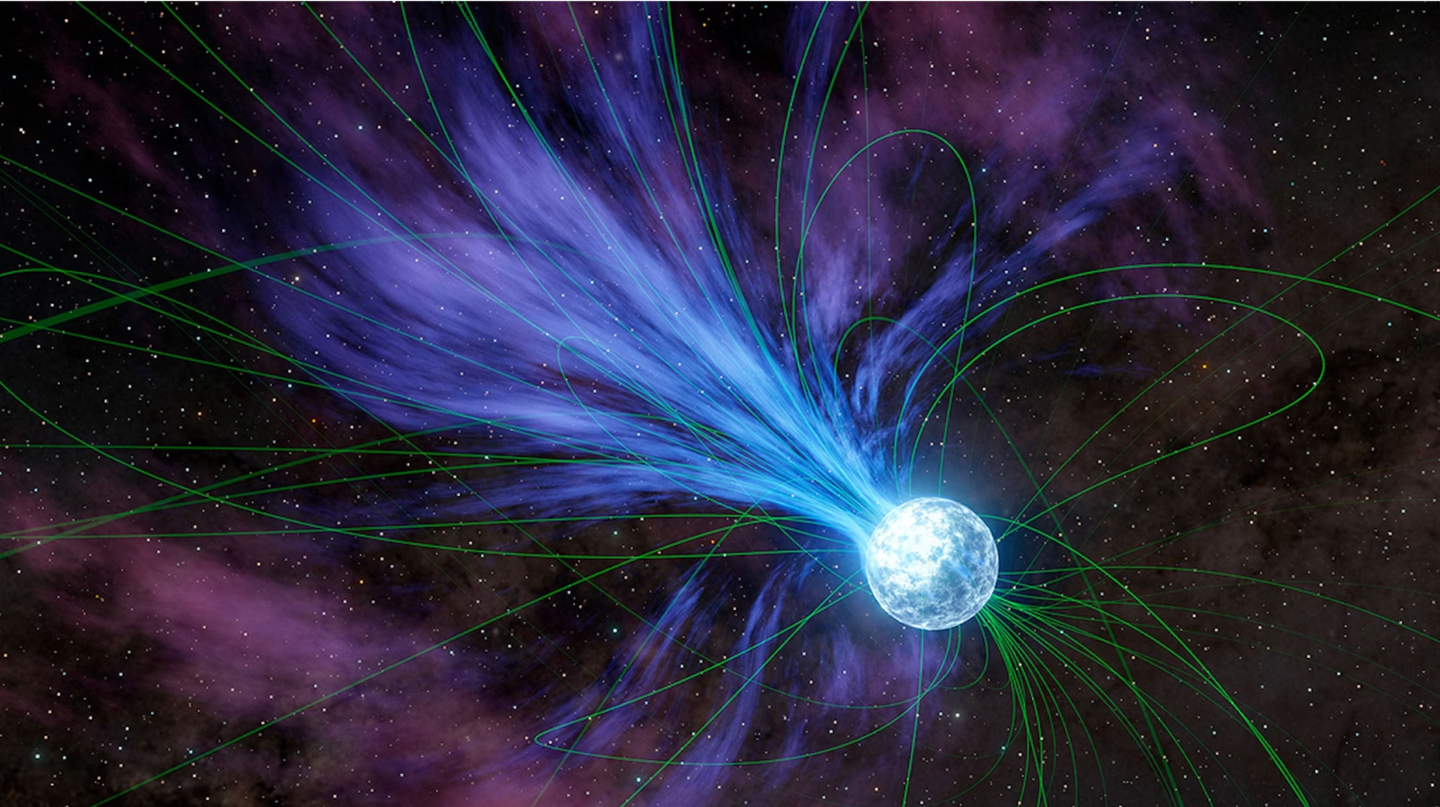
 The Brighter Side of News
The Brighter Side of News
Probing Topology in Twisted MoTe2: Microscopic Signatures via Layer-Pseudospin Skyrmion Textures
This article discusses research using scanning tunneling microscopy and spectroscopy to investigate the electronic structure of twisted MoTe2. The study reveals spatially-dependent layer polarization within the moiré unit cell, confirming theoretical models of the material's topological flat bands. The findings offer a pathway for local probe studies of correlated and topological states in tunable devices.
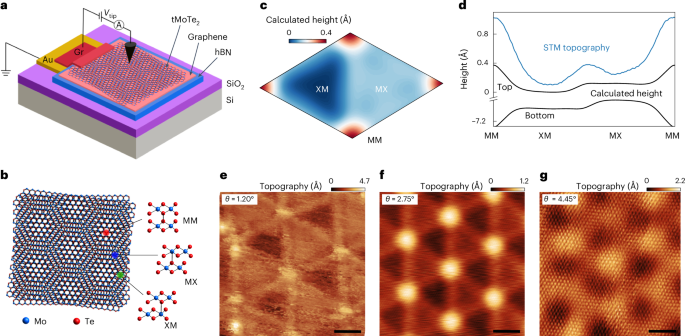
 Nature
Nature
Layer Skyrmions' Experimental Signature in Twisted WSe2 Bilayers, Band Topology Implications
A new study reveals experimental evidence of layer skyrmions in twisted WSe2 homobilayers, using scanning tunneling spectroscopy to resolve moiré electronic states. The findings support theoretical predictions and establish a correlation between local density of states and the topology of the moiré band, advancing the understanding of strong correlation phenomena in these materials.
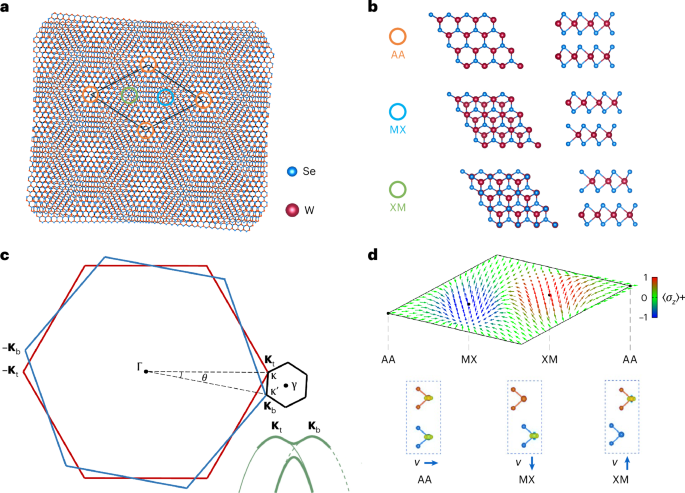
 Nature
Nature
Spatiotemporal Quasi-Phase-Matching Self-Organizes in Microresonators, Enabling Frequency Shift
A recent study demonstrates self-organized spatiotemporal quasi-phase-matching (QPM) in silicon nitride microresonators. This phenomenon involves the concurrent spatial and temporal modulation of the nonlinear response, resulting in a Doppler-shifted second harmonic. Mediated by the coherent photogalvanic effect, a traveling space-charge grating self-organizes, affecting momentum and energy conservation. This broadens the scope of phase-matching conditions in nonlinear photonics.
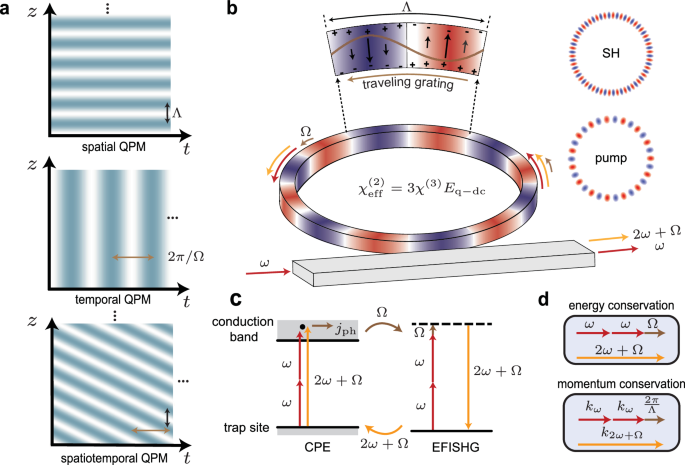
 Nature
Nature
Spatiotemporal Quasi-Phase-Matching Self-Organizes in Microresonators, Enabling Frequency Shifts
A study demonstrates that a spatiotemporal quasi-phase-matching (QPM) grating naturally emerges through all-optical poling in silicon nitride microresonators. Mediated by the coherent photogalvanic effect, a traveling space-charge grating is self-organized, affecting momentum and energy conservation, resulting in a quasi-phase-matched and Doppler-shifted second harmonic. This expands the scope of phase-matching conditions in nonlinear photonics.
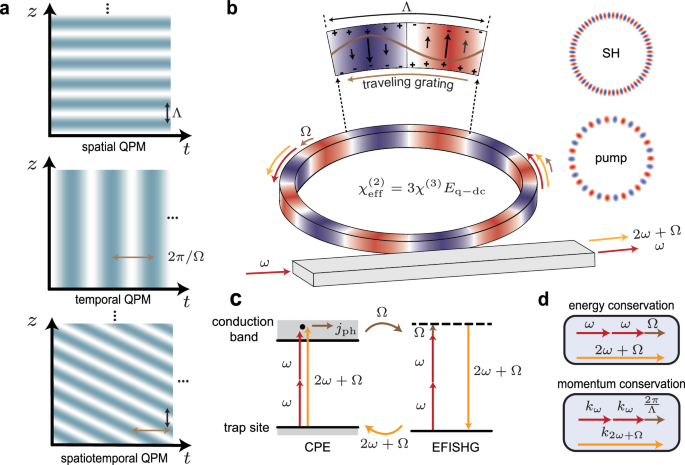
 Nature
Nature









